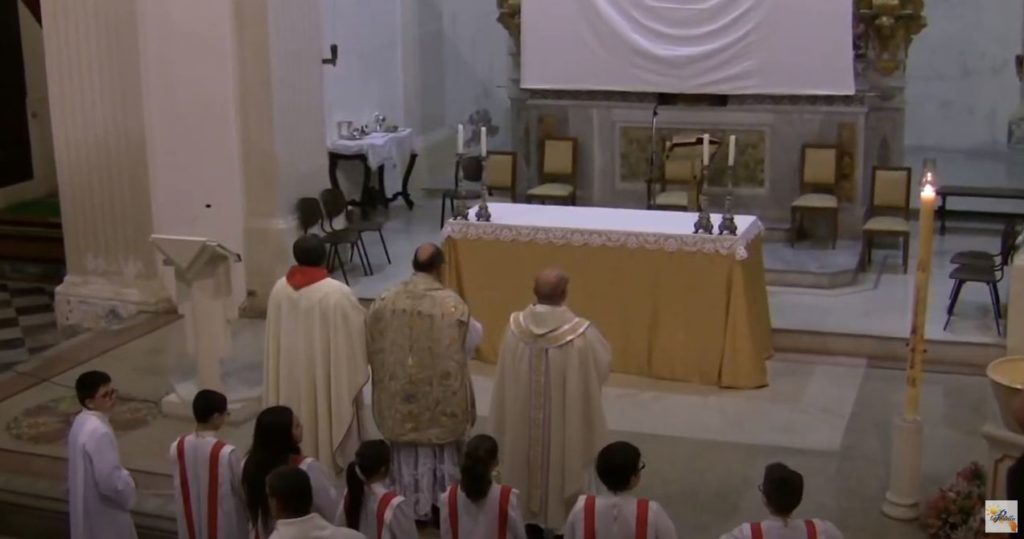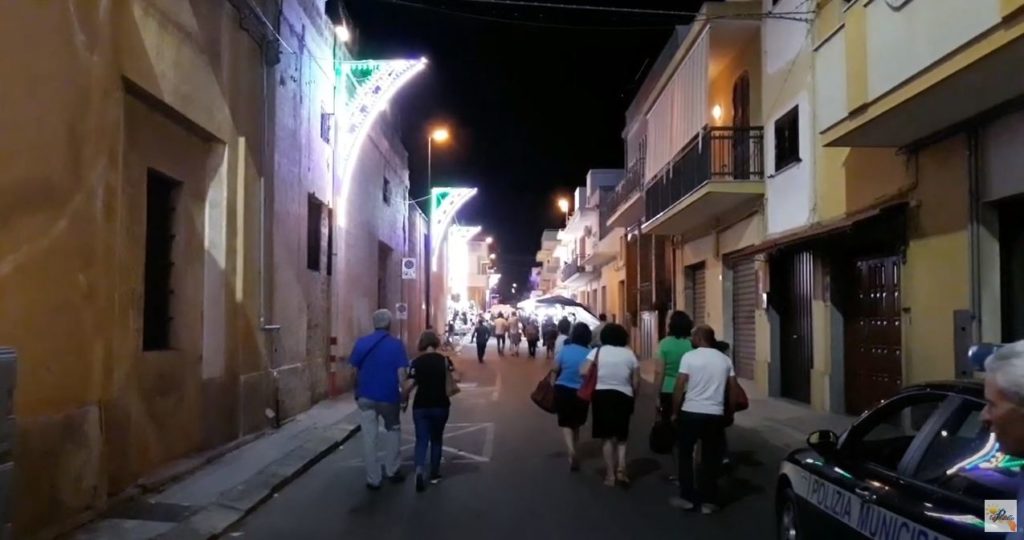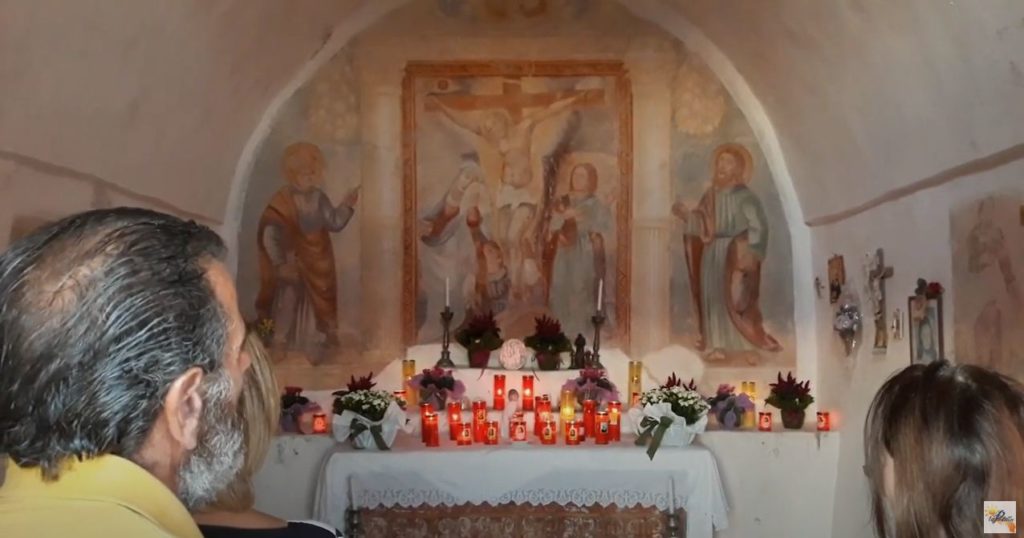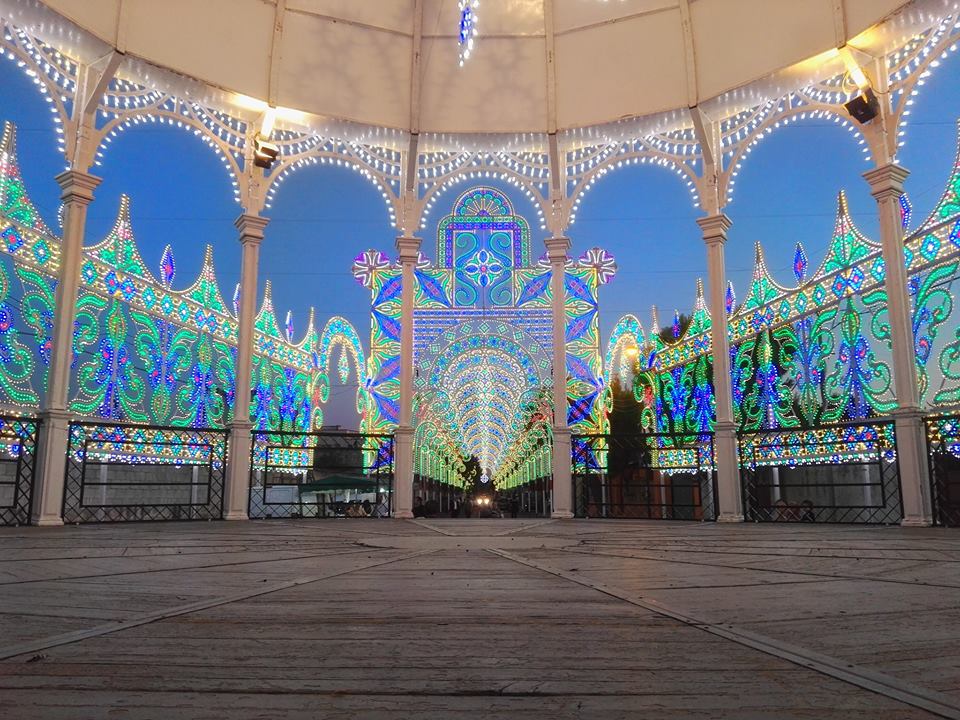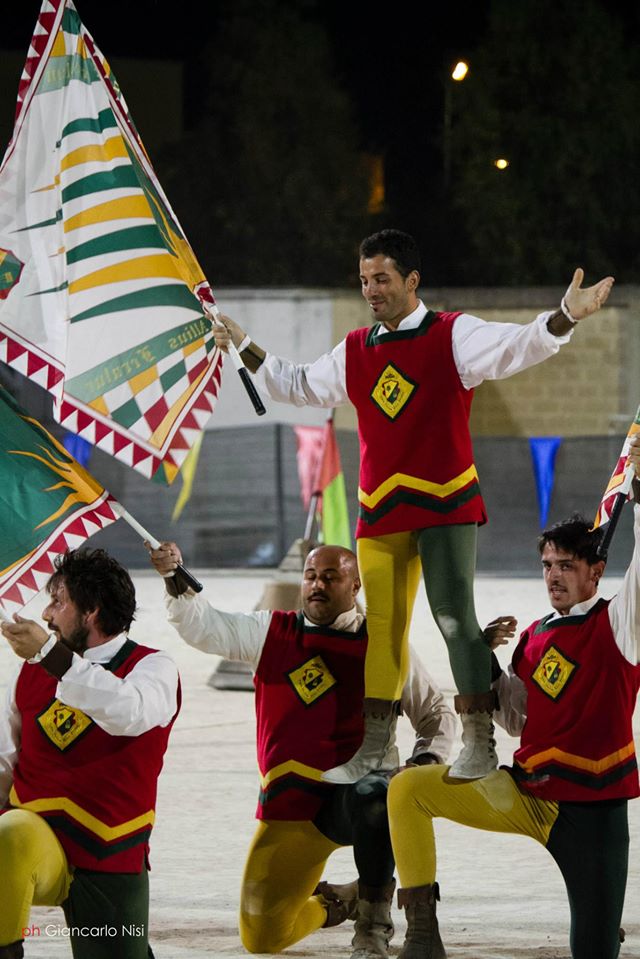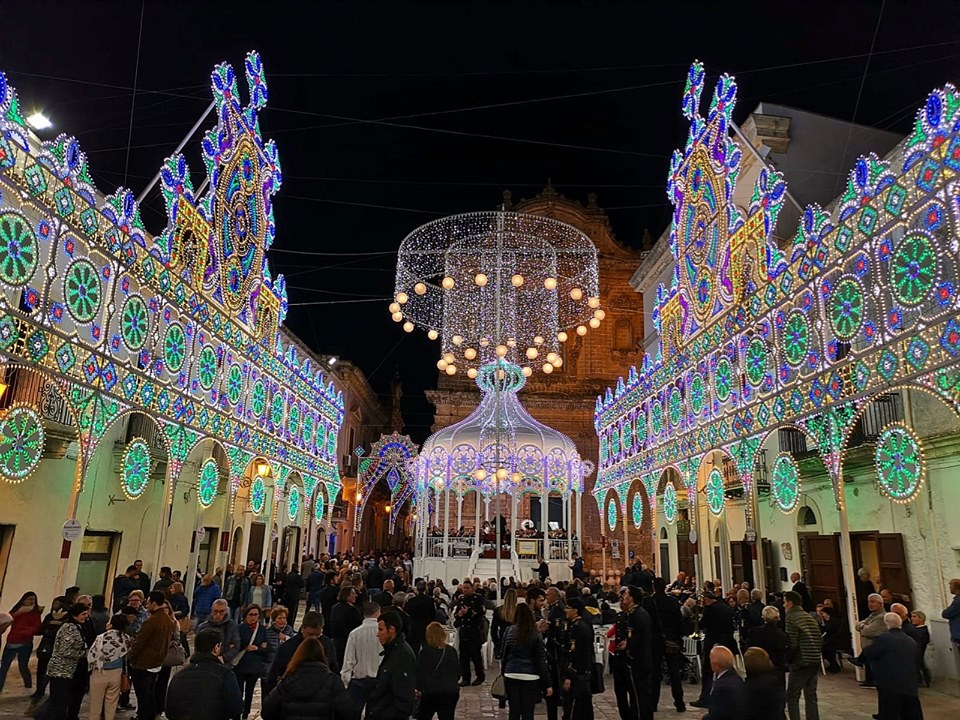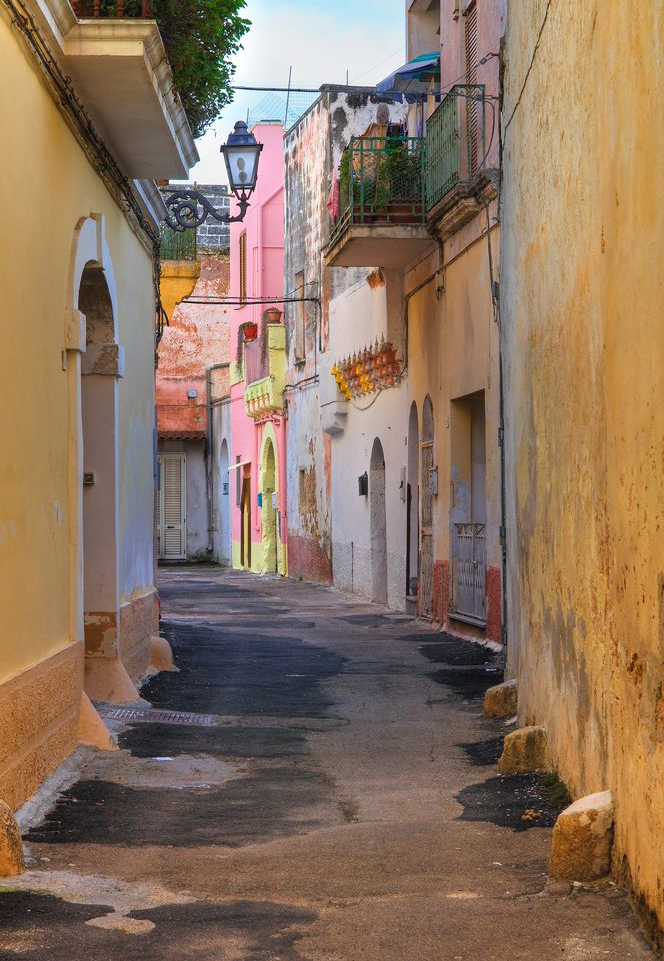Skadar Lake
Skadar Lake is located in Zeta-Skadar valley, at 6m above sea level. It was declared a national park in 1983, while in 1989 it receives IBA status (Area of international importance for birds). Since 1995 the lake was enlisted in the list of Wetlands of International Importance – Ramsar list.
The rich legacy of material culture: archaeological sites, fortifications, medieval monasteries, churches, traditional village architecture, as well as spiritually significant accomplishments indicate that the area of Skadar Lake over time was an important historical and cultural centre; it also shows that this was a battle site in certain times in history, but most of all an important cultural centre. Numerous civilizations have come to this region one after the other and left their traces – Illyrian, Hellenic, Roman. Powerful dynasties, such as Vojislavljevic, Balsic, Nemanjic, Crnojevic, as well as the last one – Petrovic dynasties have left important statehood and architectural traces from the times of their independent rule over this region.
One of the most important historical traditions related to Skadar Lake is connected to navigation and production of rafts. In addition, the diverse and unique rural architecture is a particularly important feature of the traditional architectural heritage of the lake area. There are also numerous fishing villages on the lake shore, with houses that were used for storing fishing tools and salting the day’s catch, complexes made up of mills and stone bridges on river watercourses, paved country paths and individual examples of threshing floors, water troughs and wells, scattered throughout the areas of Crmnica and Rijeka.
Not to be missed/Must see!
Skadar Lake is one of the largest bird reserves in Europe, having 270 bird species, among which are some of the last pelicans in Europe. The lake also contains habitats of seagulls and herons. It is abundant in fish, especially in carp, bleak and eel. Of the 34 native fish species, 7 are endemic to Lake Skadar. In addition, there are 17 amphipod species for the Lake Skadar watershed, 10 of them being endemic (mainly from the subterranean habitat).
Most important cultural sites are:
- Fortress Besac is located on a hill high around 50 meters above sea level, emerging from Virsko fields and Kruse bare, just above the village of Virpazar. Fortress with its round towers is the oldest building in the fort complex, built during the first half of the fifteenth century. Fortress Besac was in operation at all times during the Ottoman presence in this area and it had a significant role in the system of fortifications in the Skadar lake area – Besac, Lesendro, Zabljak.
- Town of Zabljak Crnojevica was built on a hill in the North Western part of Lake Skadar. It was first mentioned in the 15th century as capital of the Crnojevic dynasty. During the Crnojevic dynasty, it resembled a Venetian fortification, unique in the region. During the period of Ottoman rule it was one of the most important strongholds of the area. The town has tall walls with towers, as well as one gate. Within the walls one can find: Ivan Crnojević’s court, the Church of Saint George (that was turned into a mosque during the Ottoman rule), housing and military facilities, a warehouse for clothes and a water tank, most of which are preserved.
- On a former island, near Vranjina village, in 1843, the Montenegrin ruler Petar II Petrovic Njegos built the famous Lesendro fortress, on a 3000 m² area. The position of the island is of great historical and strategic significance, which could be capitalized on. The area where Lesendro is located is the only water passage, a very narrow one, between the two parts of Skadar Lake. This is why this important place has been called the ‘key of Skadar Lake’.

